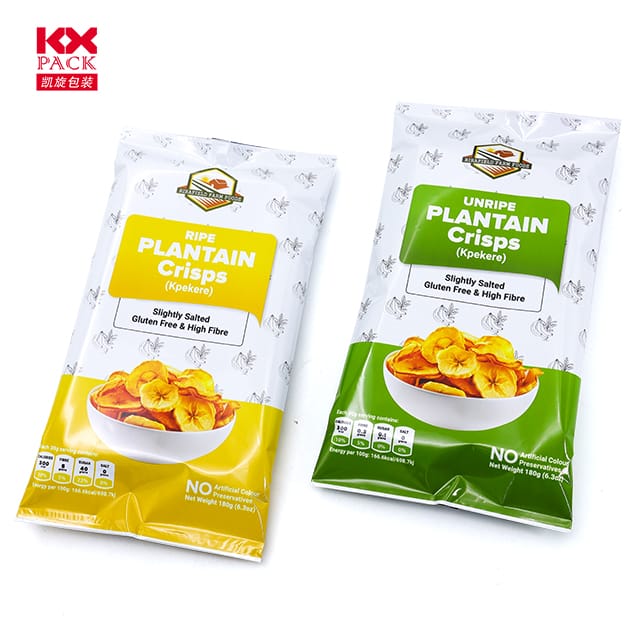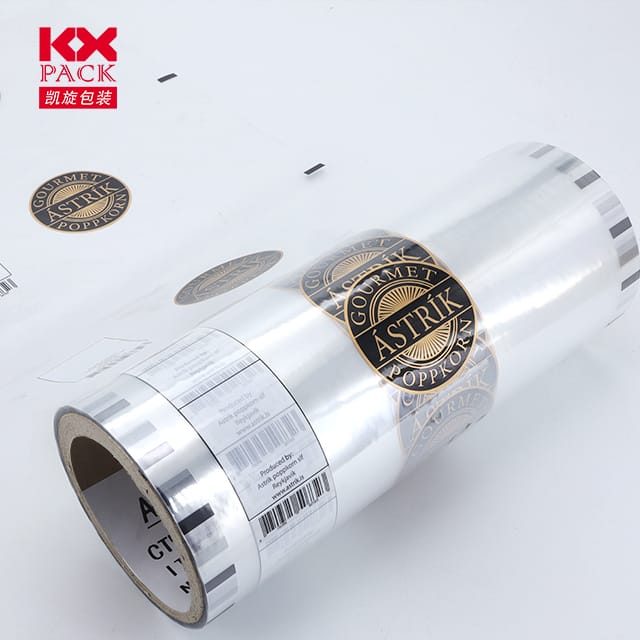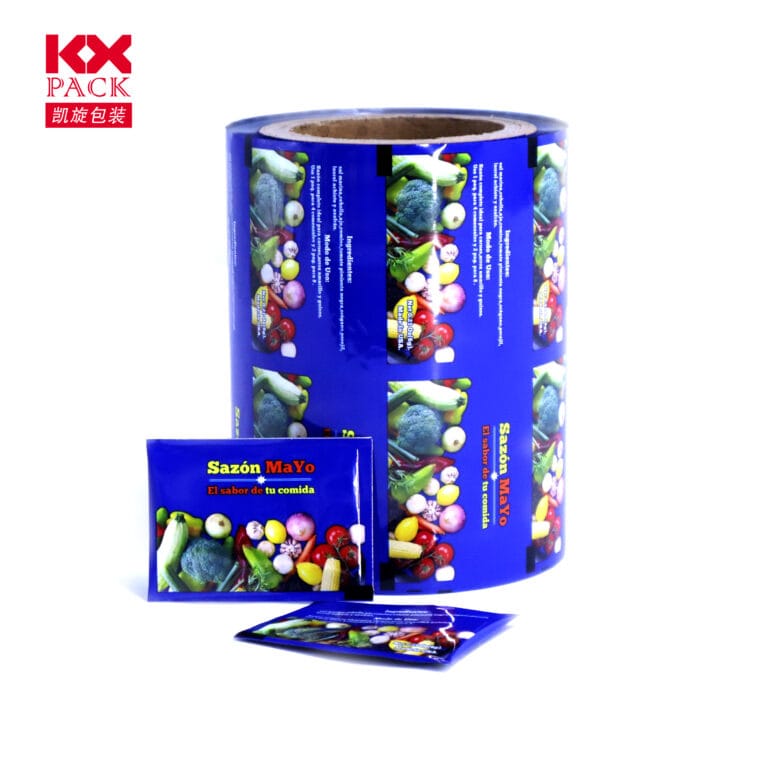灵活电影上的数字印刷: 革命性的视觉交流和包装(3)
数字印刷
最近几年, 数字印刷技术的进步已解锁了新的边界,以实现创造力和实用性, 特别是在灵活的电影应用领域. 从充满活力的广告材料到创新的包装解决方案, 灵活电影上的数字印刷正在通过提供无与伦比的多功能性来重塑行业, 成本效益, 和可持续性. 让我们探讨这项技术如何改变企业和创意人员的游戏规则.
1. 柔性薄膜数字印刷的兴起
传统印刷方法常常面临柔性材料的独特挑战, 例如不平坦的表面, 可拉伸性, 和纹理变化. 数码印刷, 然而, 通过精密工程和自适应墨水系统弥补了这一差距. 紫外线固化等技术, 乳胶, 水性喷墨印刷现在可以在 PVC 等基材上打印高分辨率图形, 宠物, 聚丙烯, 甚至可生物降解的薄膜. 这种适应性使数字印刷成为小批量生产的理想选择, 快速原型制作, 以及使用模拟方法在经济上不可行的定制设计.
2. 推动创新的关键应用
柔性薄膜数字印刷的应用既广泛又具有影响力:
- 广告 & 标牌: 想想引人注目的横幅, 背光显示器, 和地板图形在拐角处弯曲而不会失去视觉保真度.
- 打包: 可定制的食品标签, 收缩袖子, 以及将货架吸引力与功能耐用性结合在一起的自立袋.
- 时尚 & 纺织品: 服装的热转印设计, 临时纹身, 甚至用于室内装饰的可印刷纺织品.
- 工业用途: 薄膜开关, 电容式触摸屏, 和电子介电薄膜.
例如, 食品行业的一家初创公司使用数字印刷柔性薄膜来制作带有超本地化艺术品的限量版零食包, 提高参与度 40% 在地区节日期间.
3. 相对于传统方法的优势
- 对于小批量来说具有成本效益: 无需印版或安装费, 使其成为利基产品或季节性活动的理想选择.
- 快速周转: 设计可以在数小时内调整和打印, 不是几天.
- 可持续发展: 与溶剂型工艺相比,水性油墨和可回收薄膜可减少对环境的影响.
- 设计自由度: 打印复杂的渐变, 白色墨水层, 和纹理没有技术限制.
4. 值得关注的技术创新
柔性薄膜数字印刷前景更加广阔:
- 智能电影: 将 NFC 标签或温度传感器的印刷电子器件直接集成到包装上.
- 3D印刷协同: 将柔性薄膜与 3D 打印结构相结合,实现动态产品设计.
- 人工智能驱动的自动化: 可优化墨水使用并预测材料行为以实现无差错打印的软件.
5. 挑战和考虑因素
虽然好处很明显, 仍然存在挑战. 油墨对某些薄膜的附着力, 各批次颜色一致性, 对专业设备的需求是企业必须解决的障碍. 与经验丰富的印刷商合作并投资材料测试可以减轻这些风险.
结论: 灵活的未来
柔性薄膜数字印刷不仅仅是一种趋势,更是一种范式转变. 随着行业优先考虑敏捷性和可持续性, 这项技术将继续赋能品牌大胆尝试, 减少浪费, 并以新颖的方式与观众建立联系. 无论您是寻求引人注目的视觉效果的营销人员,还是探索环保包装的制造商, 柔性薄膜印刷提供了一个仅受想象力限制的画布.
准备好打破设计规则? 探索柔性薄膜上的数字印刷如何提升您的下一个项目. 🌐✨
关注我们,了解前沿打印解决方案的更多见解!
关键字: 柔性薄膜数字印刷, 软包装解决方案, 环保印刷, 定制电影图形, 工业数码印刷.







